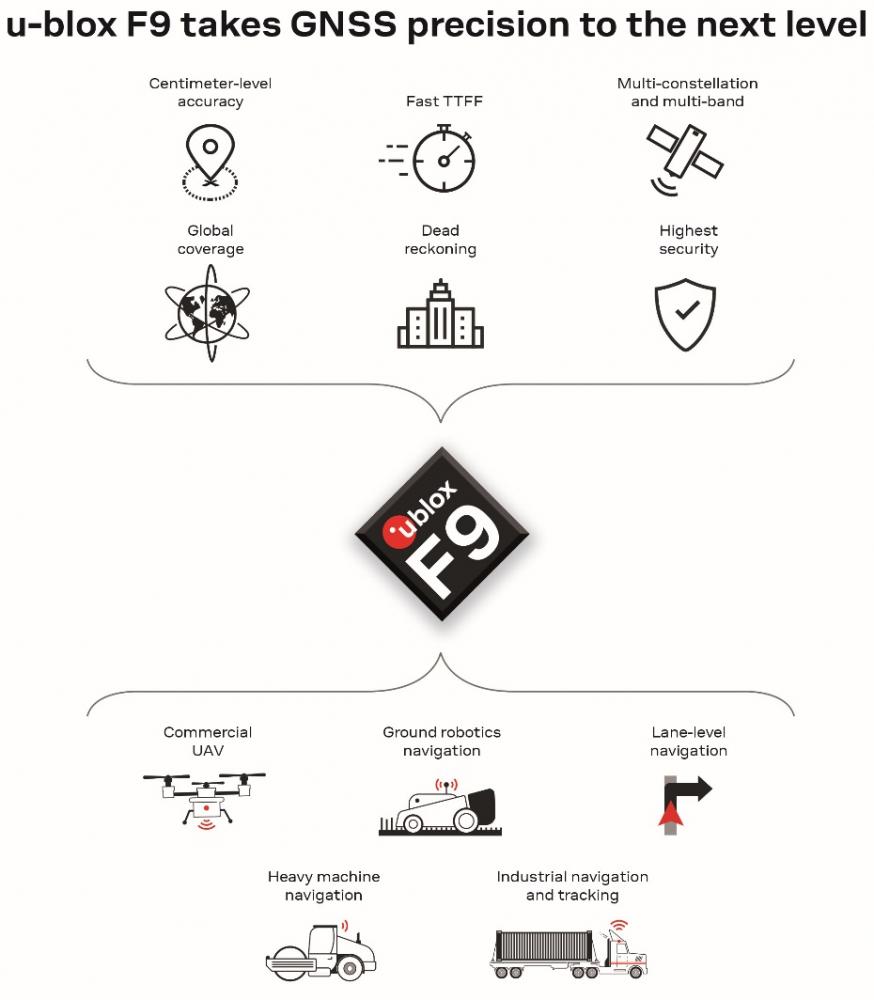Micronas推出PWM霍尔效应传感器和发送界面
Micronas (SWX Swiss Exchange: MASN), a leading supplier of innovative application-specific IC system solutions for automotive and consumer electronics, today announced two new members of its varioHAL family of fully-integrated Hall-effect sensors with digital interfaces enabling robust and reliable data transfer in harsh automotive environments. The HAL 2830 and HAL 2850 both include a microcontroller, a temperature sensor, advanced on-chip compensation, and a digital output format. The HAL 2850 features a PWM (Pulse-Width Modulated) interface, while the HAL 2830 has a SENT interface used particularly for low-cost automotive sensors in high-noise environments.
Electrical noise - static - is severe in automotive applications, especially under the hood. An accurate sensor is of little use if its output does not reach the microcontroller accurately. Since electrical noise primarily affects the amplitude of a signal, one way to insure accurate results is to use the width of the signal to represent the value being measured. The HAL 2850 uses pulse-width modulation; this pulse is sent to the system microcontroller, and its width is measured with a counter-timer module, a common feature of virtually all microcontroller designs. Variations in amplitude due to noise are ignored.
The HAL 2850 can be programmed to send pulses as slow as 30 per second, or as fast as 2000 per second. This wide range allows the system designer to tailor it to the system needs. A slower update rate may suffice for slowly-changing variables such as temperature, and reduces the overall load on the microcontroller. A faster rate may be required for fast-changing variables such as pressure.
The HAL 2830 takes this a step further. It uses the SAE J2716 SENT standard to transmit sensor information, again using the time between pulse edges to represent the sensor value. SENT improves on traditional PWM techniques by providing a reference calibration pulse at the beginning of the signal, and a checksum at the end to detect errors. The HAL 2830 also includes a sensor-status signal as well as the measured value. SENT can replace lower-resolution methods using 10-bit A/D converters and PWM techniques and provides a simpler, low-cost alternative to digital busses such as CAN or LIN. SENT is used particularly for low-cost automotive sensors in high-noise environments.
Both the HAL 2850 and HAL 2830 offer 12-bit accuracy. The increased accuracy helps designers manage power train applications more precisely, thus reducing pollution and improving fuel economy. Internally, both devices are fully digital and can be programmed with a 12-bit customer serial number, The devices have industry-standard open-drain outputs, but offer slew-rate control on these to reduce EMI (Electro-Magnetic Interference) problems. In addition, the HAL 2830 offers a temperature measurement capability.
The HAL 2830 and HAL 2850 combine the advantages of Hall-effect sensors with proven digital error-correction and compensation techniques, and now we have added high-reliability signal transmission methods, says Peter Zimmermann, Market Manager Automotive at Micronas. Putting it all on one chip creates a low-cost, high-accuracy solution that will help meet the next generation needs for power train applications such as engine management and steering torque.
The HAL 2830 and HAL 2850 sensors are produced in a submicron CMOS technology already well-proven in automotive applications. Like all members of the varioHAL family, the HAL 2830 and the HAL 2850 feature a temperature-compensated Hall-plate with spinning-current offset compensation, an A/D converter for the Hall-plate, and an A/D converter for the temperature sensor. The temperature compensation uses an advanced second-order algorithm, and can be calibrated by the user in-system for greater overall accuracy. All processing is done digitally via a RISC processor and an EEPROM memory with redundancy and a lock function for the calibration data. The devices have protection circuits on all pins. In addition, for high-volume applications customers can develop their own firmware variant according to the desired behavior of the device.
Along with the HAL 2830 and HAL 2850, Micronas offers an easy-to-use application kit containing a programmer board, LabVIEW™ programming software and the necessary source code. Key application variables such as sample rate, magnetic field range, sensitivity, offset, and the temperature coefficients of sensitivity and offset can be adjusted by programming the non-volatile memory. Programming is done via BiPhase-M telegrams. The sensor is programmed through its output pin; no additional programming pin is needed.
The HAL 2830 and HAL 2850 are offered in a TO-92UT package rated for use from -40 to +170°C. Pricing and availability vary with model.
